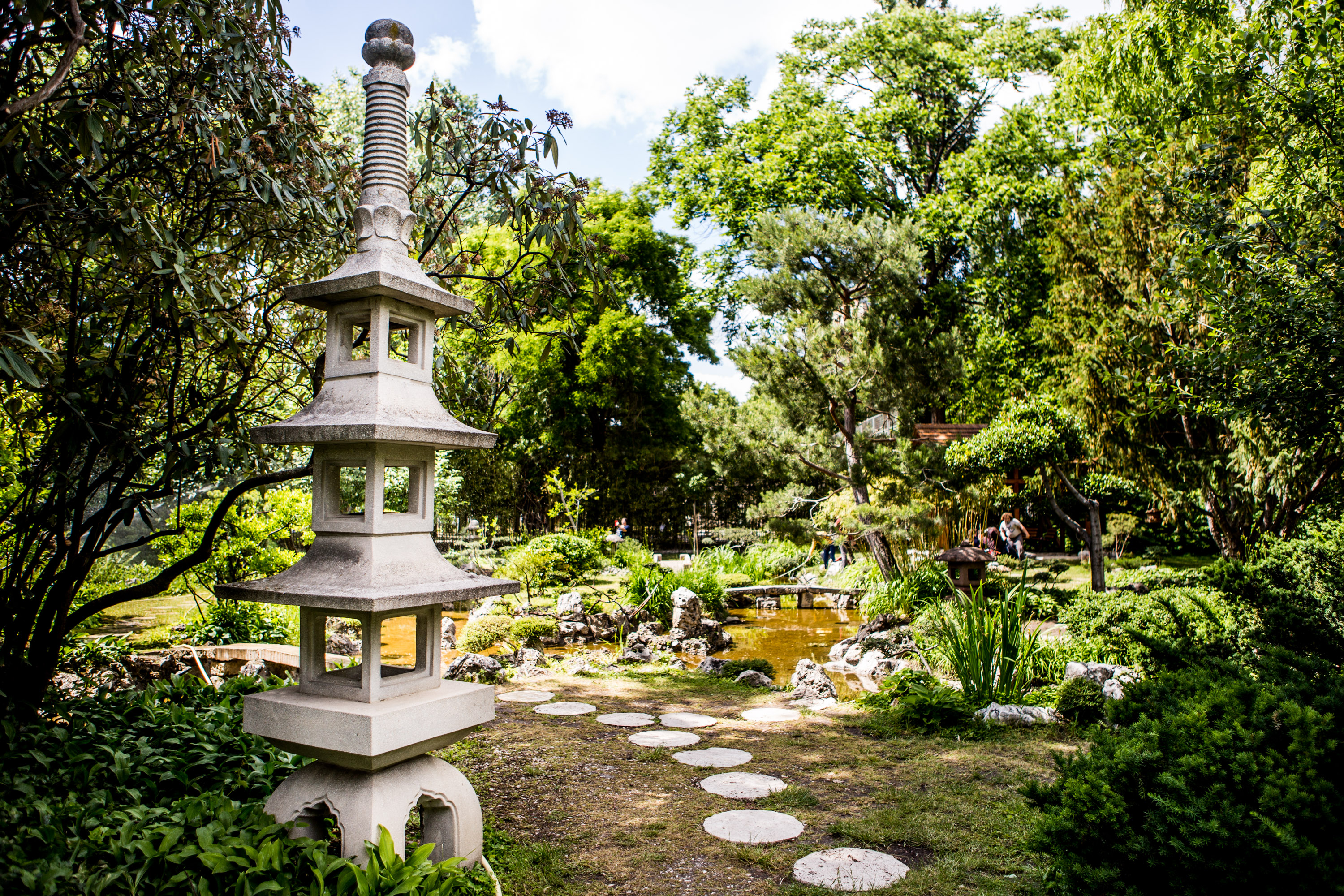The Márton Varga Vocational High School of Horticulture and Surveying can be found in Zugló, where various collections, greenhouses, beds and vines surround the building. Alongside lies the Japanese garden, where even the gate has special significance.
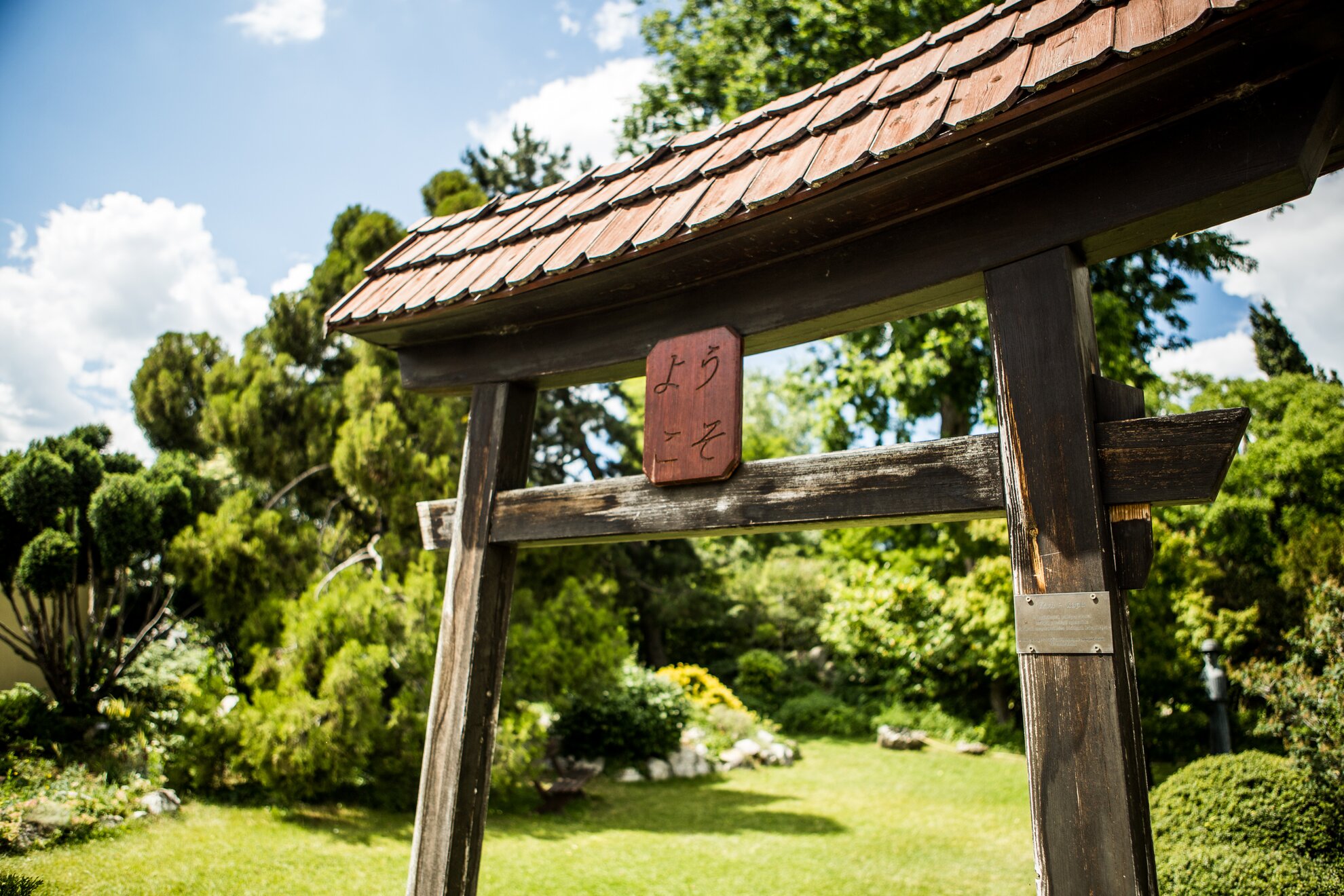
“Every exit is an entrance somewhere – the gate is a symbol of rebirth, a new stage of life,” explains László Kaszab, a teacher there, the leader of the horticultural workers’ community and our guide for the day. He points to the ground: flat stepping stones lead through the garden, but at the gate, the path begins unevenly, so that all those entering will automatically look down – and bow their heads as a sign of respect.
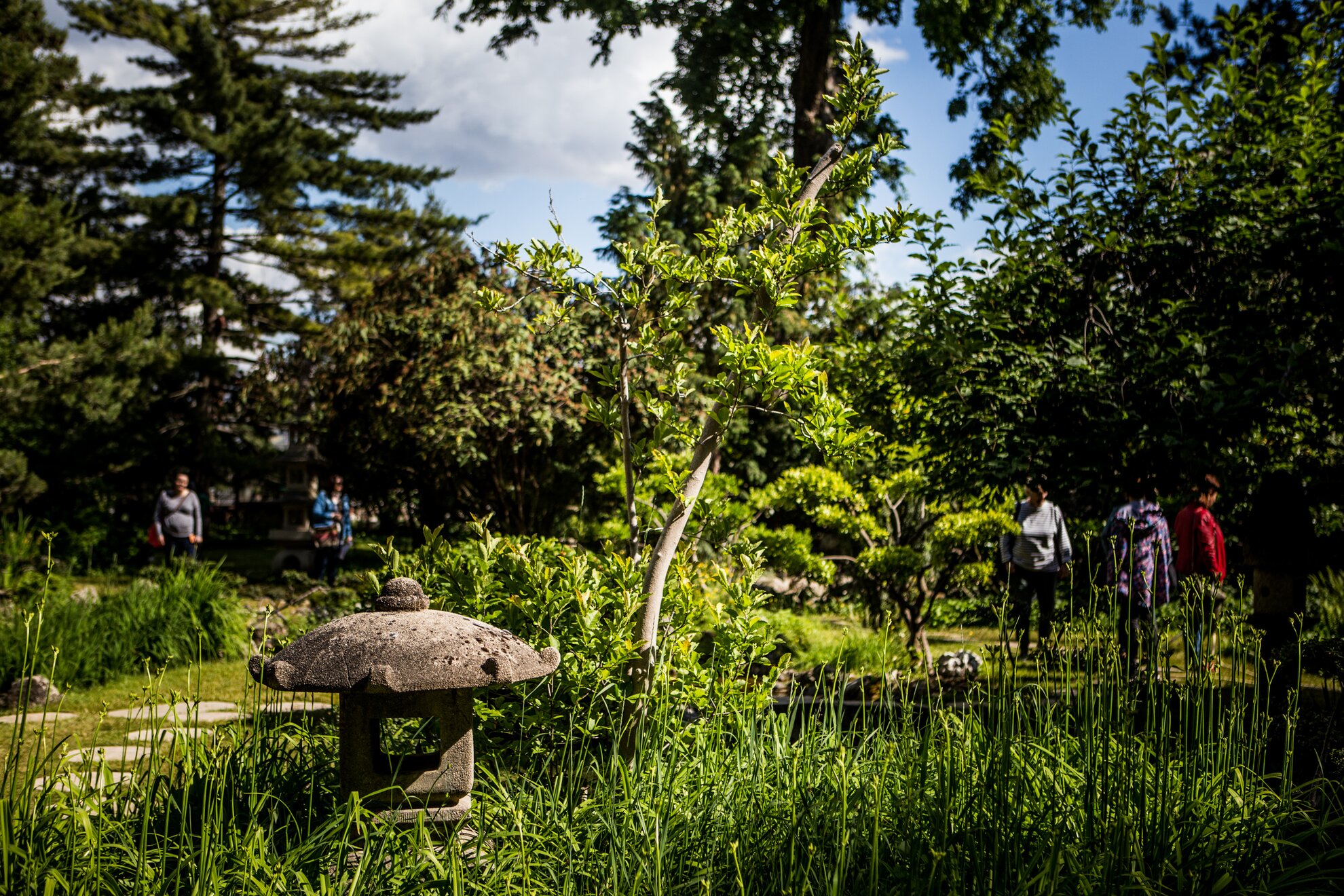
The school was founded in 1926 by Márton Varga as the first horticultural vocational training institution in the country. It grew out of the group of lady gardeners, war widows who worked in this field after 1918. Márton Varga also designed and built the Japanese garden, a novelty for its time.
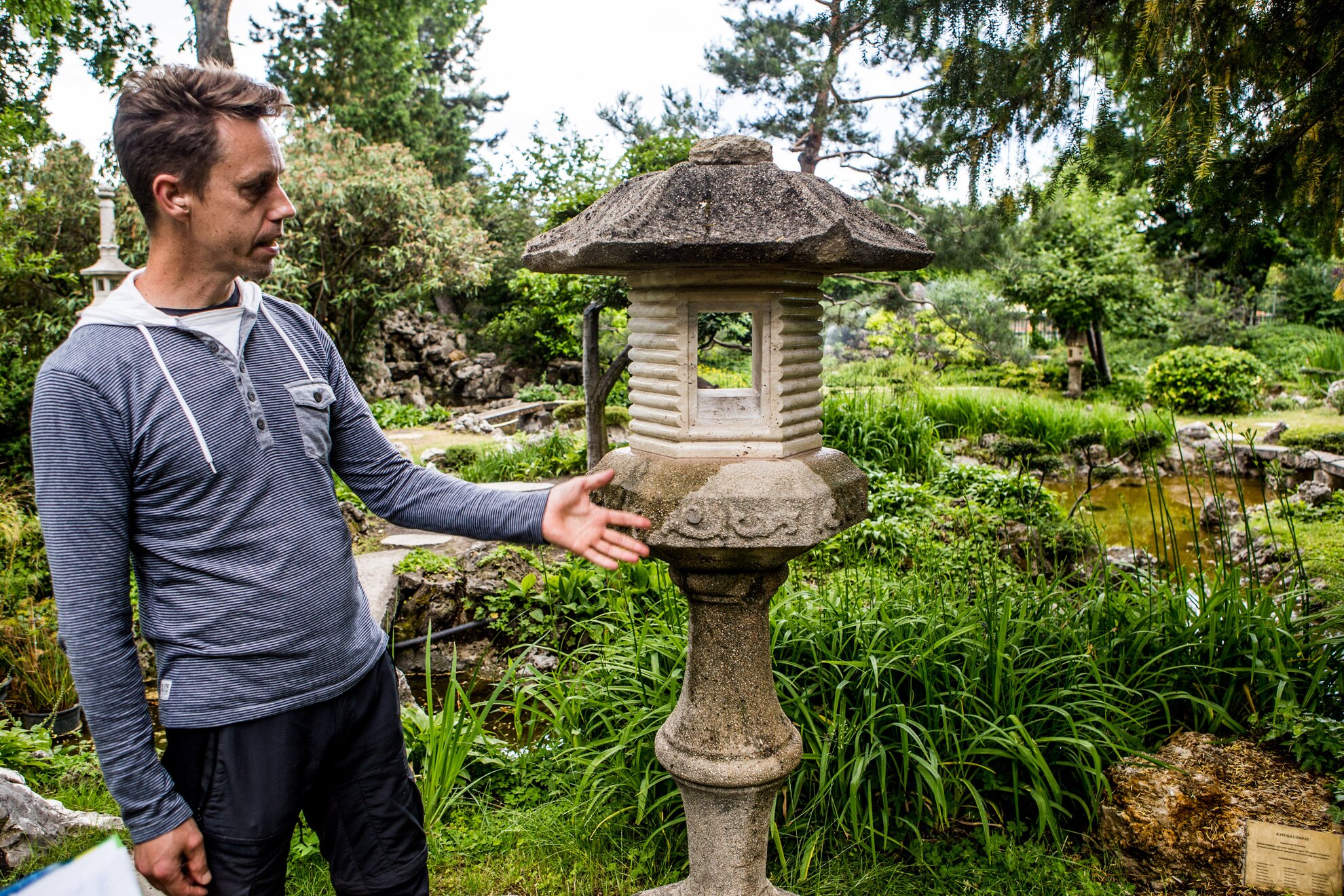
The garden is now 92 years old and, although it has undergone major renovations, it is still maintained according to Varga’s original plans and concept, which is highly valued by the tradition-conscious Japanese. “Although a garden is never finished, it is constantly evolving and being enriched,” adds László. Sometimes graduating students plant new trees – there are several such memorial ones among the ornamental cherries – and adding new or renovated features to the garden.
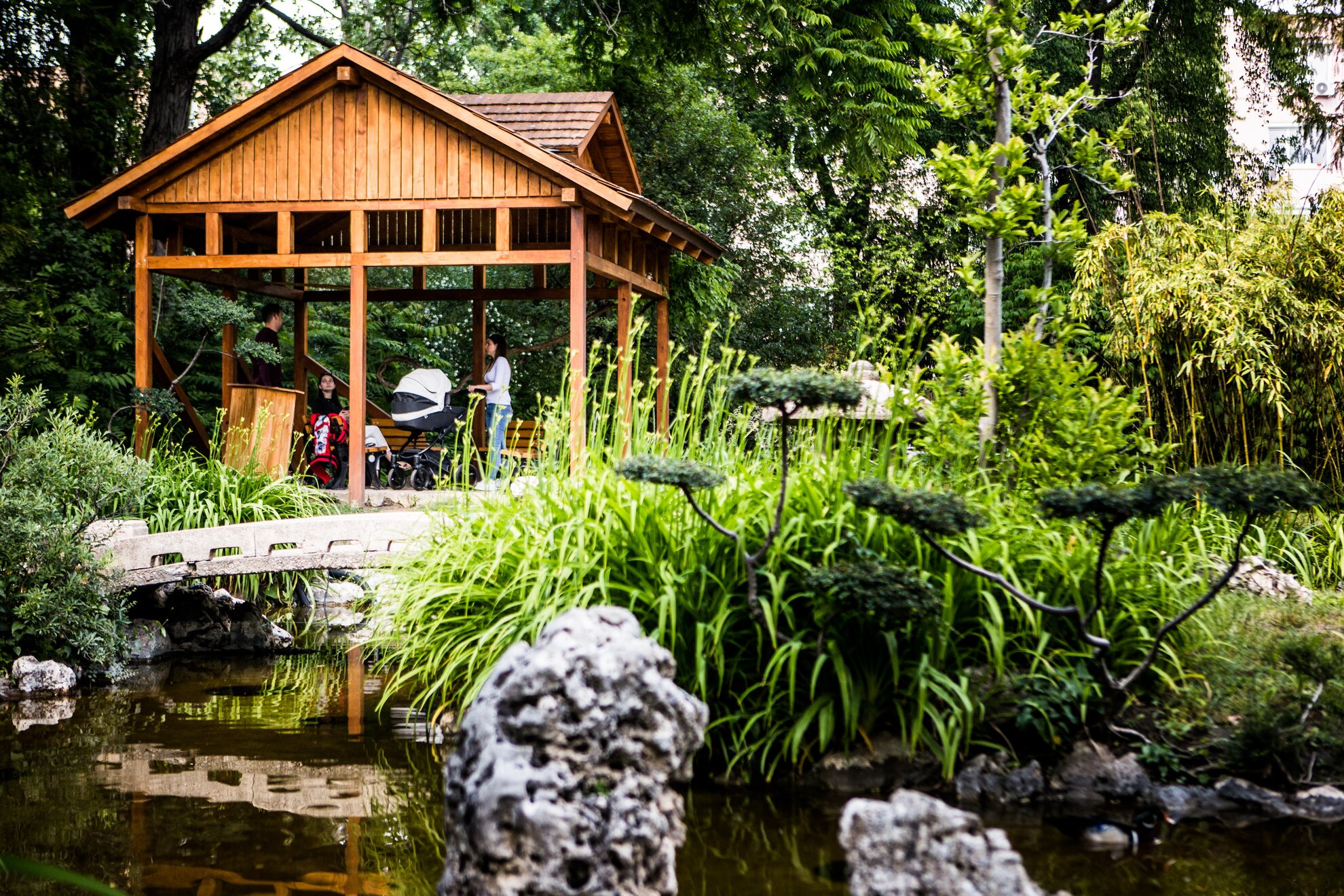
When a local horticulturalist visits any Japanese garden, or gardens embellished with Japanese elements, such as Margaret Island, Budapest Zoo and the public park established in Szentendre, the differences with Hungarian tradition are clear. But Zugló is the only one where the Japanese imperial family also paid homage. In the early 1930s, when Japan began to open up to Western culture, the emperor’s third son, Prince Takamatsu and his new bride were sent on a tour of Europe for their honeymoon. They heard tell of a Japanese garden in Hungary and visited in 1931.
Legend has it that they were hosted at a tea ceremony in a teahouse built of bamboo, for which the more female-looking male students were dressed as geishas to serve drinks. They also asked to borrow the costumes for Madama Butterfly from the Opera House.
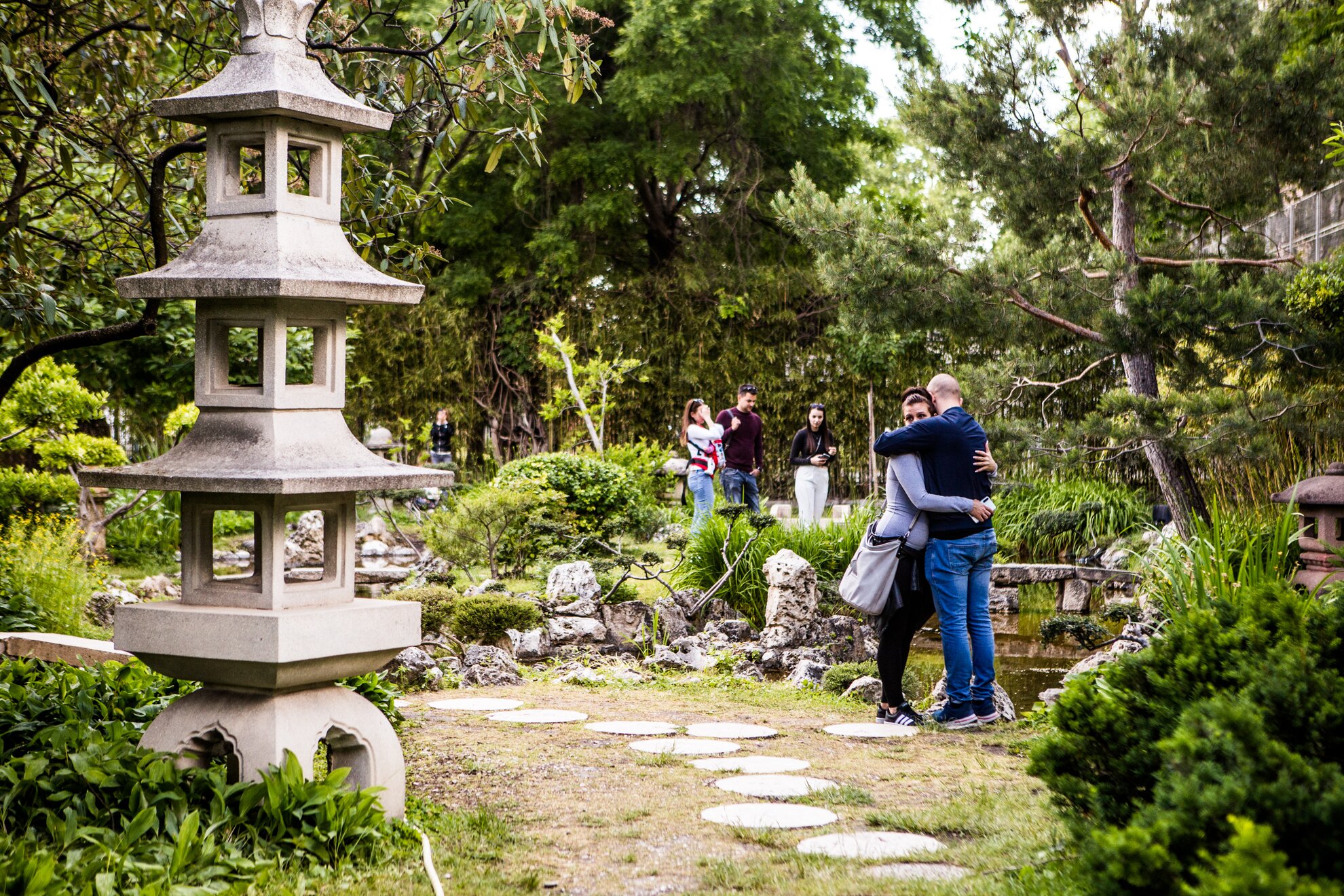
The princely couple liked the show so much that they later sent over Japanese plants from the Imperial Court, and even today there are a few specimens that have grown from the propagation of these gifts. Incidentally, the old teahouse was struck by lightning, but a new one was built last year using the original Japanese technology.
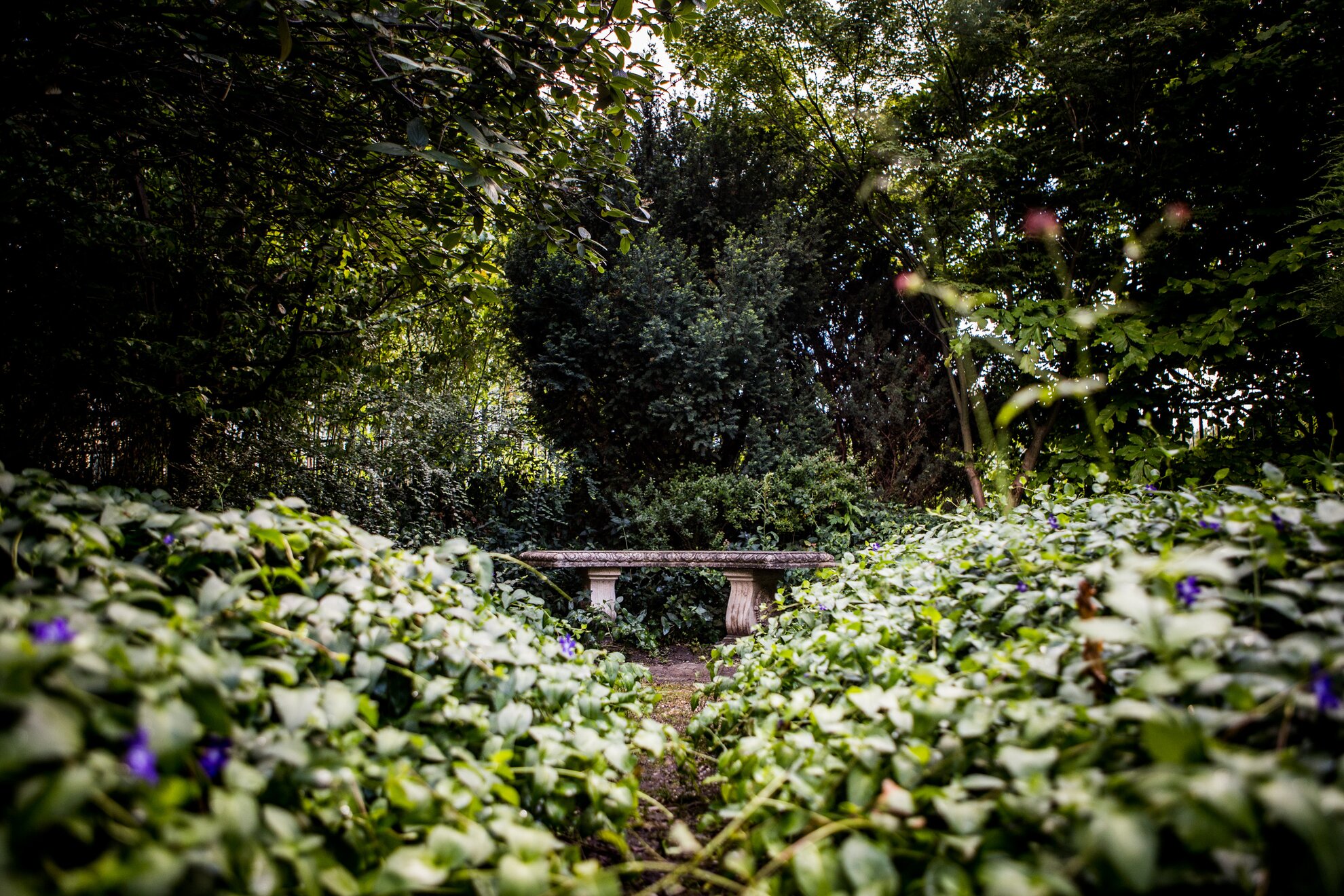
Zugló's is a type of archaic lowland tea garden from the Muromachi era (1333-1573), the penultimate era of more than 2,000 years of Japanese horticultural tradition. We learn from László that this was a period interspersed with fierce political and social strife, and civil wars. Gardens built around the tea ceremony allowed visitors to reflect and relax, and served as recreation.
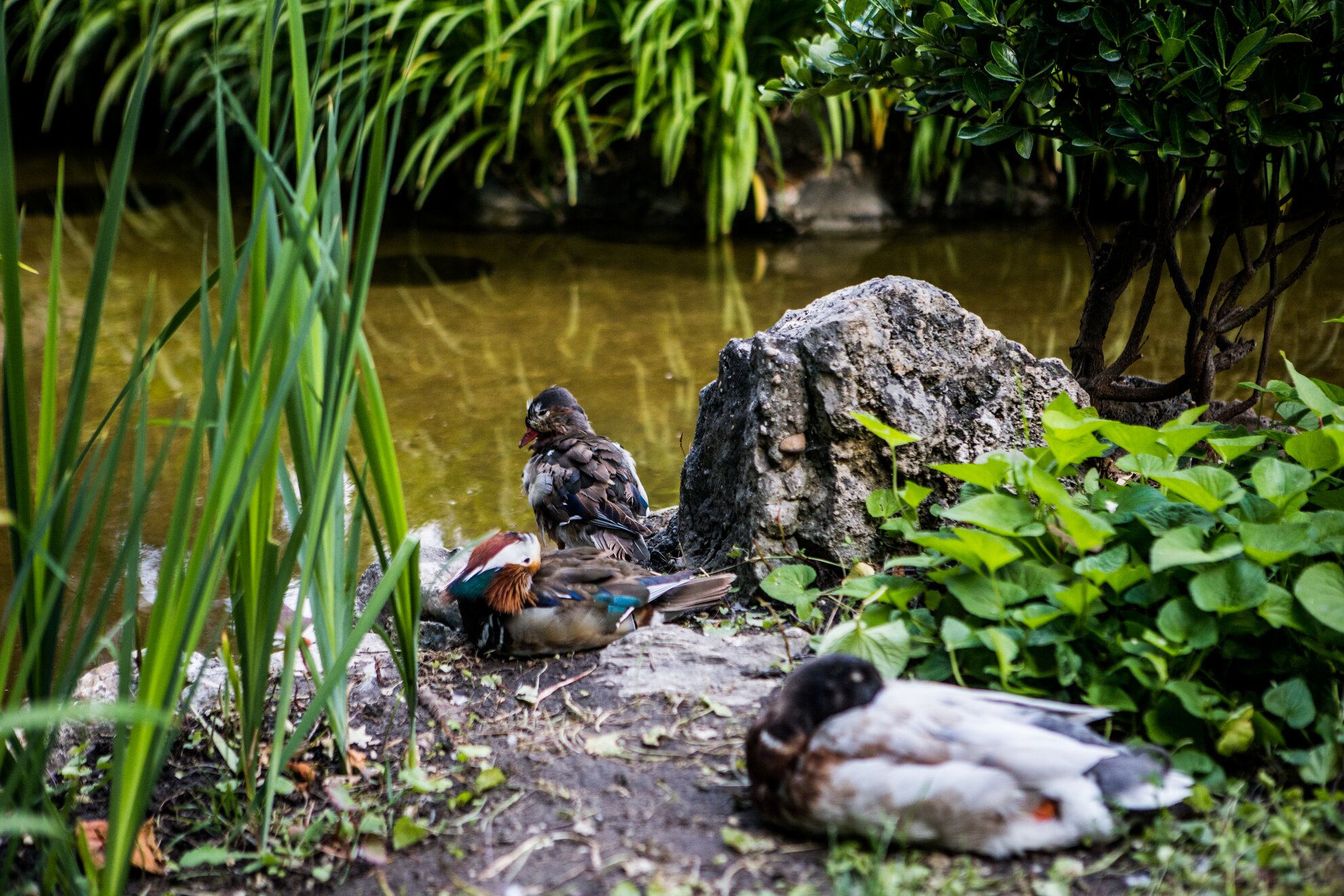
The central core of the garden is the lake system, whose tradition was also adhered to during the last renovation. While today’s garden ponds are insulated with lake foil at the bottom, here the original concrete bed has been renovated. The natural stones adorning the edges are also the same ones that were brought from Buda in the 1920s by ox cart from the Cogwheel Railway works.
Water symbolises the flow of life, its journey beginning with a small waterfall, suggesting a bouncing, tortuous, agile childhood. “As it goes on, it slows down, it becomes quieter – in the end, it is at its deepest, at the ‘ocean of nothingness’,” explains László. Interestingly, the mandarin ducks swimming around and the Indian mallards are also Asian species.
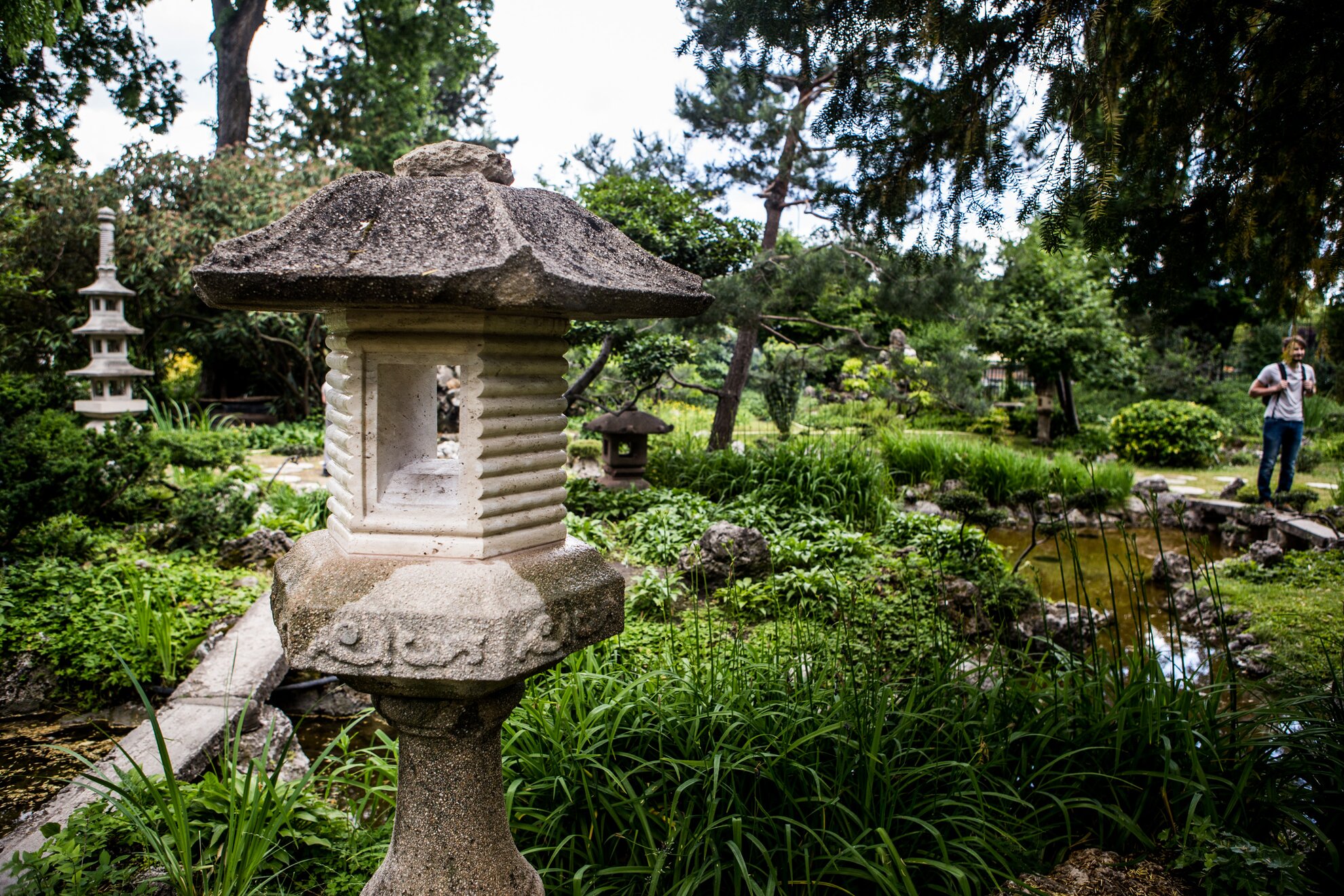
In addition to water, features such as lanterns and pagodas are also important elements of Japanese gardens. The ones here are copies of those that came to Hungary from the Japanese Imperial Court thanks to East Asian researcher and patron, Ferenc Hopp. Japanese gardening is also characterised by the minimising of nature and the evocation of the environment, as if they were painting only one picture: Fuji, a replica of the Japanese holy mountain, is included in almost every Japanese garden, and also here.
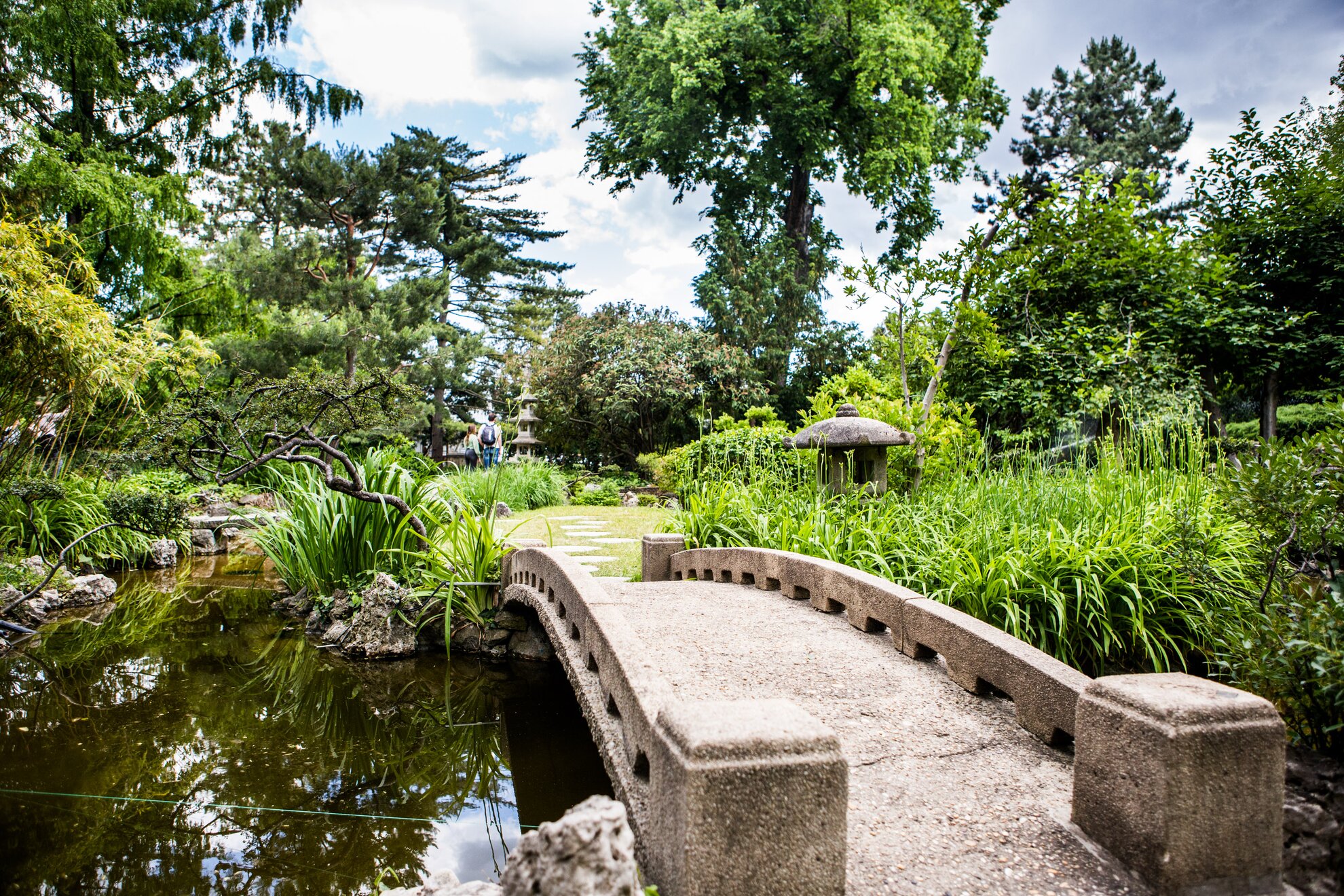
Around the garden, Turtle Island and Crane Island represent two mythical animals in Japanese culture. According to mythology, after their death, perfect souls are flown by a crane to an island supported on the back of a turtle floating in the sea. The Bridge of Sighs leads to Crane Island: whoever crosses it and makes a wish, it will be granted and put to good use by students at the school.
Plants
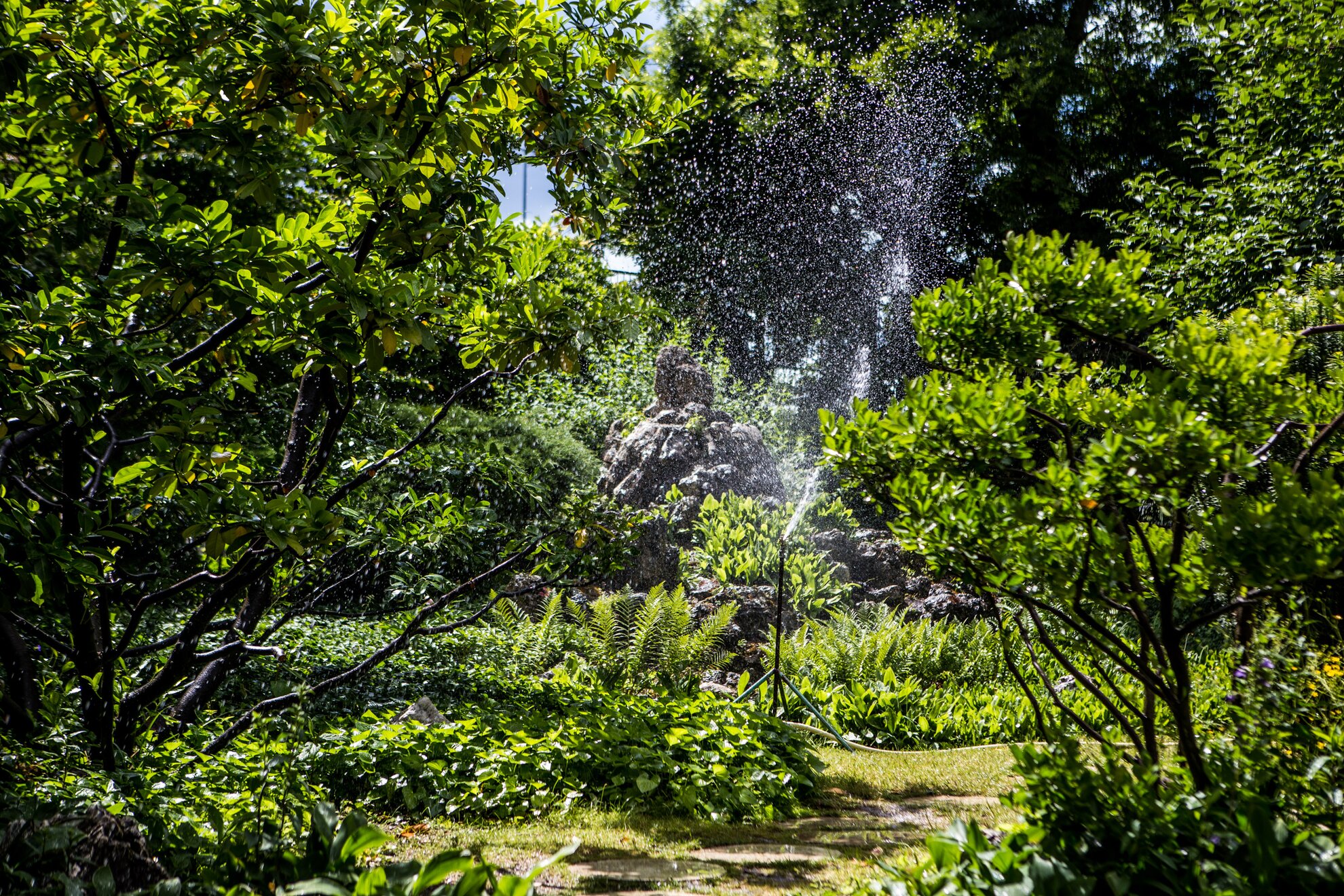
The vegetation of East Asia may not seem so exotic to us these days, as many well-known plants from the Far East have been transferred to European horticultural practices, such as Japanese maple, Chinese wisteria, solidago, flowering quince, Chinese toon and maidenhair tree. Much of the vegetation is evergreen and pine, such as the dawn redwood towering off Turtle Island, the garden’s greatest botanical rarity, an ancient species known from stone imprints that was rediscovered in 1940 in a secluded Chinese valley.
“At that time, the discovery caused a world sensation in botanical circles. It was as sensational as finding mammoths somewhere else in a valley,” said László. In Hungary, seeds were transported to two places, Márton Varga and the herb garden in Szeged. The specimen still visible in the Japanese garden today is one of the largest and oldest of its kind in Europe.
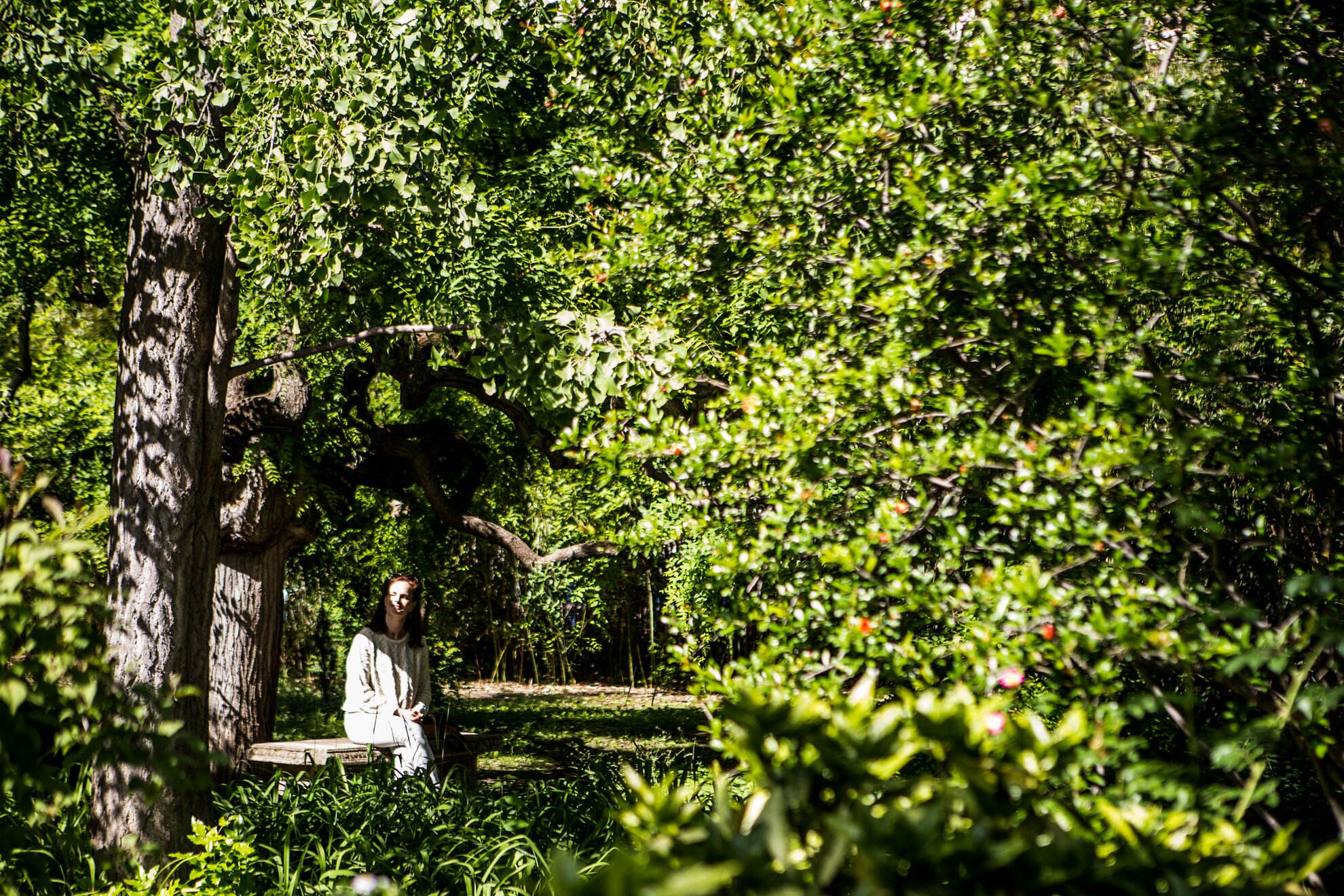
Yet the largest evergreen in the garden is the Himalayan pine, which had to be tied up so that it would not fall. The Japanese believe that where its branches reach the earth, there heaven and earth, gods and men, all meet. Given this, László reckons they even managed to surprise the Japanese when they were being presented around the garden. On the other hand, the most photogenic tree in the garden is the sad Japanese pagoda, whose branches have become so bent and weeping thanks to a special pruning technique.
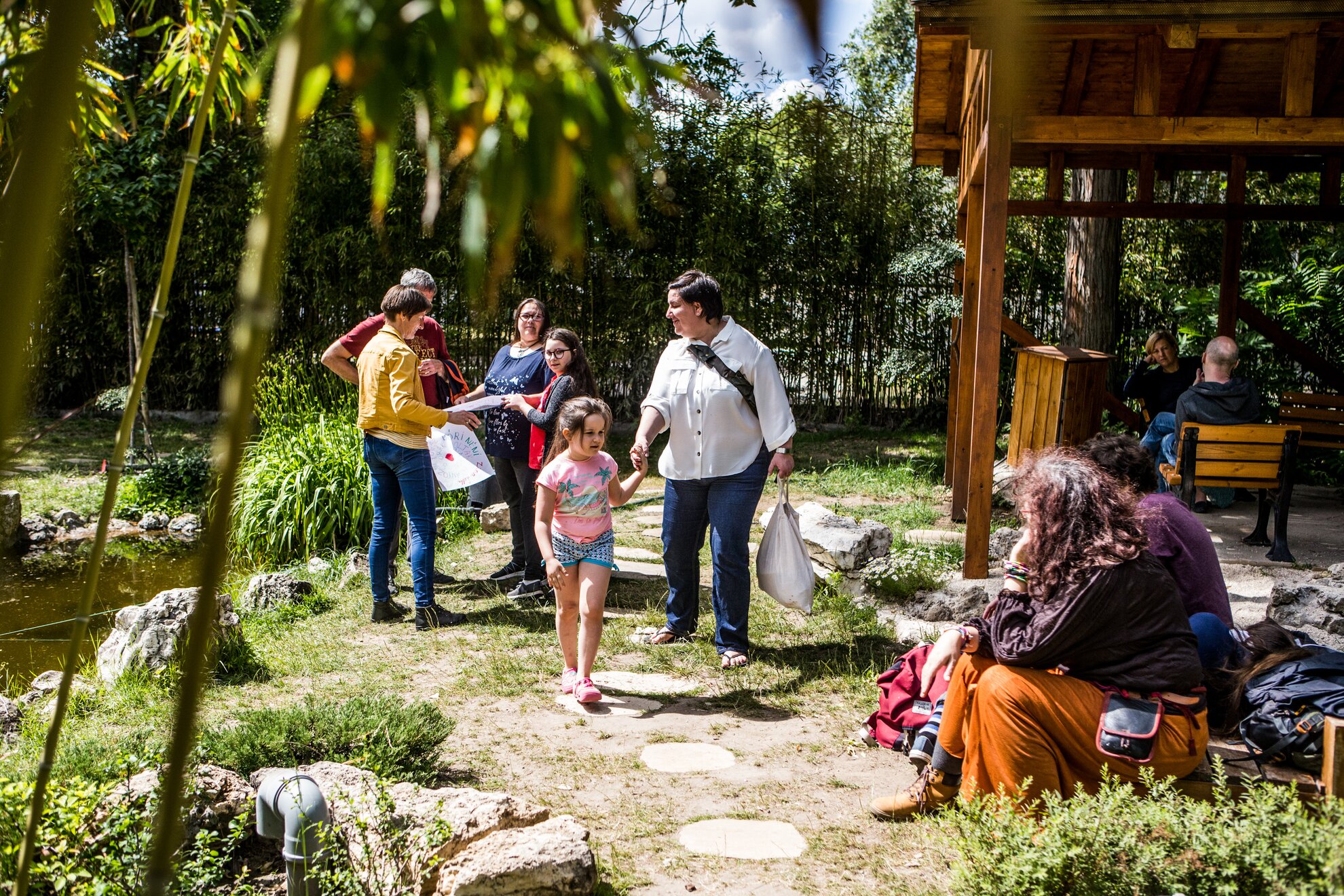
The Japanese garden can be visited for 500 forints and, as school visits make up much of the traffic, you may well come across gaggles of children and be greeted by students from the Márton Varga institute.
Japanese Garden
District XIV. Mogyoródi út 56-60
+36 1 273 2741
www.vmszki.hu (Hungarian-only)
